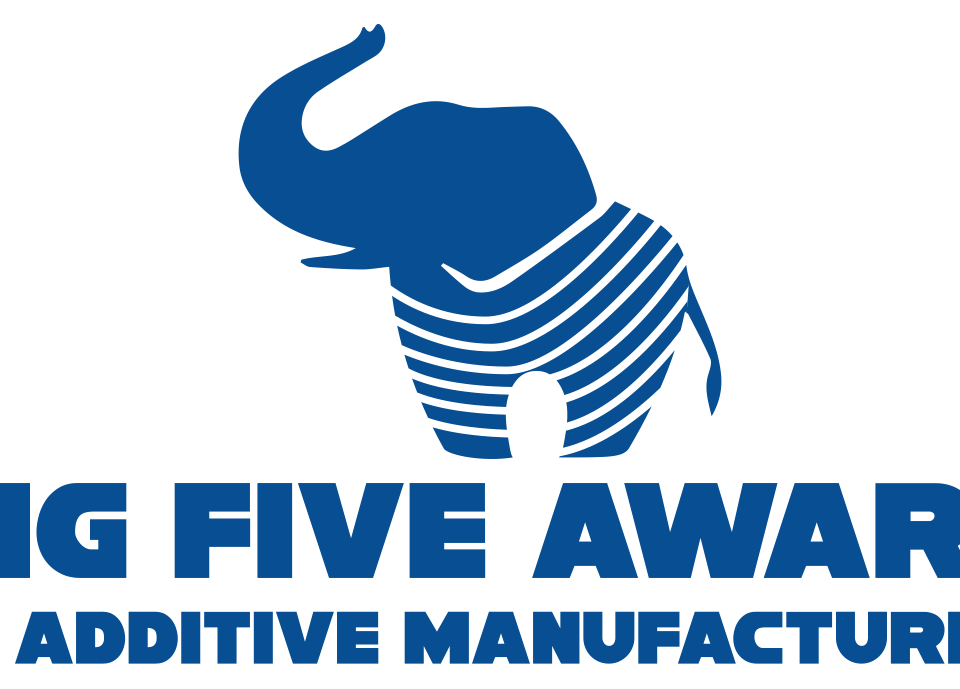The coronavirus has been steadily spreading across the globe in recent months, having an effect on pretty much every aspect of daily life, including industry. While many companies are threatened by the virus, some have found ways to help combat its spread. For example, the CEO of American peripheral maker Razer has switched his company’s production to make surgical masks and donate them.
(https://www.instagram.com/p/B96Ir01n64W/)
But there is also a willingness to help in the additive manufacturing industry and in the maker scene. In Italy, for example, after it became clear that supplies of oxygen valves for ventilators were running low, the ISINNOVA research institute stepped in to produce these valves and compensate for supply shortages. (https://www.bbc.com/news/technology-51911070)
Meanwhile, Belgian company Materialise has designed and made publicly available a component that attaches to door handles. This allows one to open the door with one’s (sleeve-covered) arm instead of touching the door handle directly with one’s hand and possibly infecting oneself or others.
(https://www.materialise.com/en/hands-free-door-opener)
Czech 3D printer manufacturer Prusa Research has also taken the initiative and designed “faceshields” that can be produced on conventional FDM printers. Over 12,000 of these have already been donated to medical personnel and there is no end in sight. In addition, Prusa has called on all makers to produce the open source design at home and donate them to surrounding hospitals medical institutions and agencies in need of personal protective equipment of this type. (https://www.prusa3d.com/covid19/)
In all of this, be careful not to dirty or even contaminate the products in advance. In addition, most 3D prints and especially FDM components are not considered “food safe”, since germs can settle in the smallest defects and especially in the “layer lines”. These are difficult to remove, which is why thorough and frequent disinfection is necessary in order to be able to use the 3D printed aids “safely”. “Safe” is also only a relative term here, as these components are nowhere near the purity of surgical instruments. In a state of emergency, any protection is still better than no protection at all, but one should still be aware of the purity-related properties of such products.
To investigate the effects of disinfecting 3D printed components, Youtuber Stefan from CNC Kitchen conducted a series of tests in which he soaked various common 3D printing materials in 70% isopropanol for 48 hours and determined the strength before and after the procedure. This was to simulate long-term use and repeated disinfection of the components. Since alcohols can sometimes cause severe embrittlement of plastic components, the series of experiments was intended to show which plastics were preferable for 3D printing of aids against the corona virus. The good news is that the bath in isopropanol did not render any of the materials completely unusable. Nevertheless, among the various plastics, there were sometimes major losses in their strength. For example, the ABS test specimen, which was loaded in the build-up direction, had a >50% reduction in strength after bathing in isopropanol. PLA, on the other hand, as the most widely used 3D printing filament, has only very slight strength losses (<5%). As the cheapest and easiest to process filament, this is therefore well suited for producing aids that are frequently disinfected. The full test results can be viewed on the Youtuber’s website:
https://www.cnckitchen.com/blog/effect-of-disinfectant-70-ipa-on-common-3d-printing-materials




